Pa Ko women in A Lieng village, Ta Rut commune make Tar lôq dish - Photo: KS
Types of fish used to make Tarloq dish - Photo: KS
If anyone is lucky enough to enjoy Tarloq once, it will be hard to forget the rich flavor of this dish. On days with stable weather, fish often live in places with clear water, rocky crevices, underground caves, and wild grass and moss along rivers and streams.
After catching a small basket full of fish, the people happily go home to prepare the specialty dish. To prepare Tarloq, the Pa Ko people often use large, medium and small fish living in the natural environment such as ca mat, goby, lang, leo...
Usually, they prefer to choose large, beautiful fish to grill on occasions of offering to the gods; for occasions such as inviting guests, meeting relatives, cozy family meals... they often choose medium and small fish for ease of processing.
Pa Ko people in Ta Rut commune go fishing to make Tar lôq dish - Photo: KS
Tar lôq must be made from live fish, just caught, washed, cleaned of gills and scales. Large fish need to be cut into small pieces to make it easier to put into bamboo tubes, small fish should be left whole.
Some parts of the fish intestines are also kept and mixed with the fish body for grilling. The spices for marinating the fish include salt, MSG, chili, green pepper, ginger, lemongrass, galangal, chopped and crushed, mixed well with the fish, marinated for about 10 minutes. The bamboo tube used for grilling the fish is cut from the forest and must ensure that the tube body is hollow, 50-70 cm.
After the fish has been marinated, put the fish in a bamboo tube, pour in the marinade so that the fish does not dry out when grilled. Cover the end of the bamboo tube with banana leaves, use a string from a banana tree trunk or bamboo string to tie the mouth of the tube tightly so that the fish does not spill out during the grilling process.
On the stove, after a while of burning wood, when there is a lot of coal, stir the coal evenly and put the bamboo tube with fish in to grill. Kan Ngu, an elderly person in A Lieng village, Ta Rut commune, Dakrong district, who has many years of experience in preparing Tarloq, shared: “Absolutely do not grill with an open fire because it will quickly burn the bamboo tube, the fish will not cook evenly. During the grilling process, stir the coal until it is red, rotate the bamboo tube evenly. When the bamboo tube is golden brown, has the characteristic aroma of grilled fish and spices, the fish is cooked. Because grilling Tarloq requires skill and perseverance, this is usually done by women. The main task of men is to catch fish, find firewood, and help burn wood to get charcoal to grill the fish.”
Grilling Tarloq dish by the stream - Photo: KS
Stream fish marinated with spices - Photo: KS
In the past, when there were no pots made of clay, cast iron, aluminum..., the Pa Ko people chose bamboo tubes as cooking utensils. After grilling Tar lôq, if it was during a ceremony, they would offer it to the gods. Tar lôq can also be stored on the kitchen shelf for several days without fear of spoilage. When eating this dish, the Pa Ko people use a tray woven from bamboo and rattan, lined with a layer of banana leaves or dong or taro leaves, then pour the grilled fish onto the tray.
Grilled Tarloq has the fragrant, sweet taste of many types of river and stream fish, the spicy and fragrant taste of chili, green pepper, ginger, lemongrass, and galangal. When eaten, Tarloq is often served with charcoal sticky rice, white sticky rice, and wines made from yeast from forest leaves.
“Like many typical dishes of the Pa Ko people, Tar Loq has the meaning of expressing care, love, sharing difficulties, joys and sorrows of the villagers with each other. In particular, it educates everyone to live in solidarity, join hands and hearts to preserve the national cultural identity, and build a new life,” Kan Ngu added.
The finished Tarloq dish is usually eaten with sticky rice - Photo: KS
During meals with Tarloq, Pa Ko people often sit around the fire on stilt houses or on rocks next to rivers and streams. They enjoy traditional dishes, drink wine made from leaves, ask questions, tell each other fascinating ancient stories; use musical instruments, sing folk songs, creating a bustling, cozy atmosphere for the meal.
Ko Kan Suong
Source: https://baoquangtri.vn/tar-loq-mon-an-dac-trung-cua-nguoi-pa-ko-190267.htm


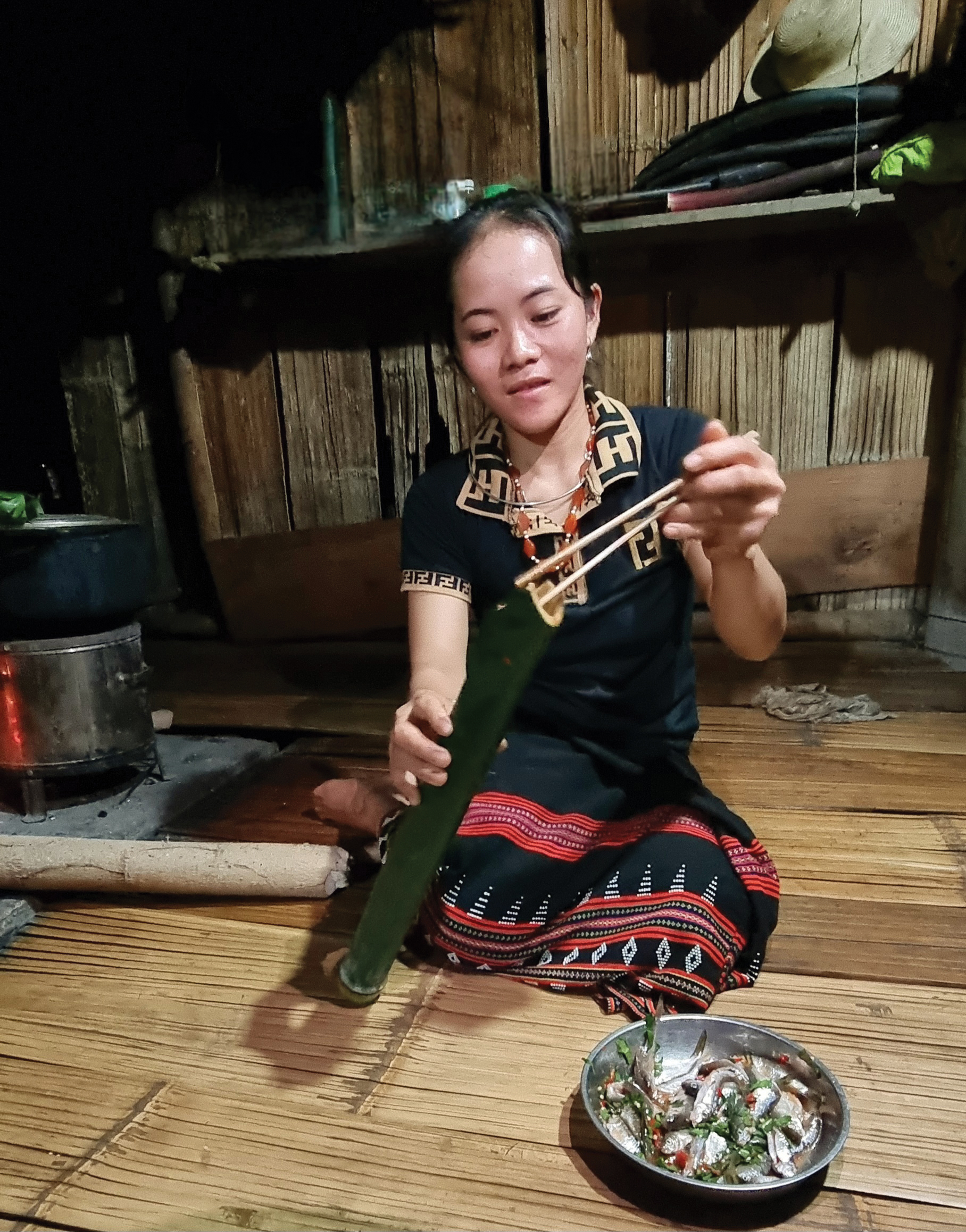
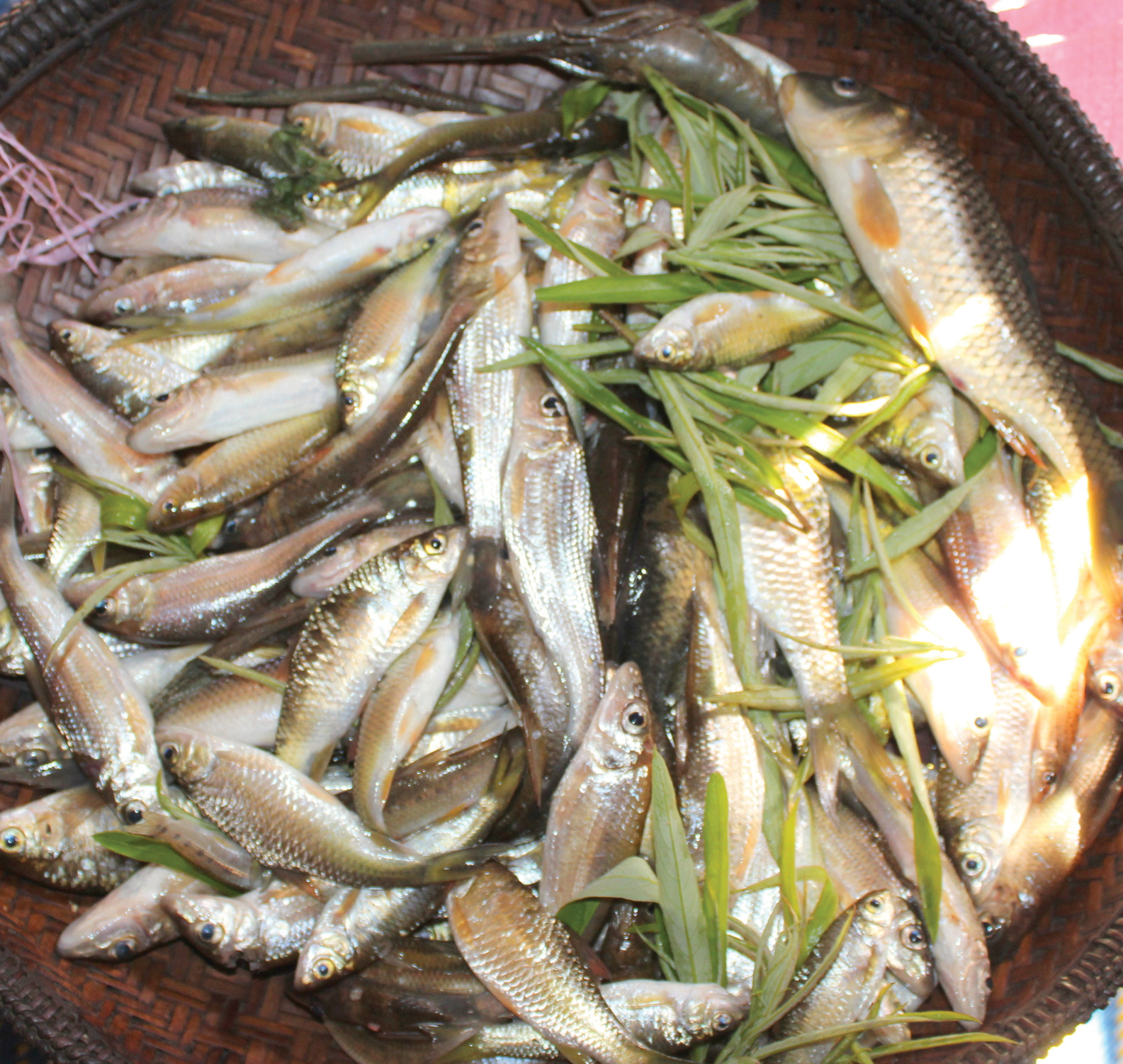
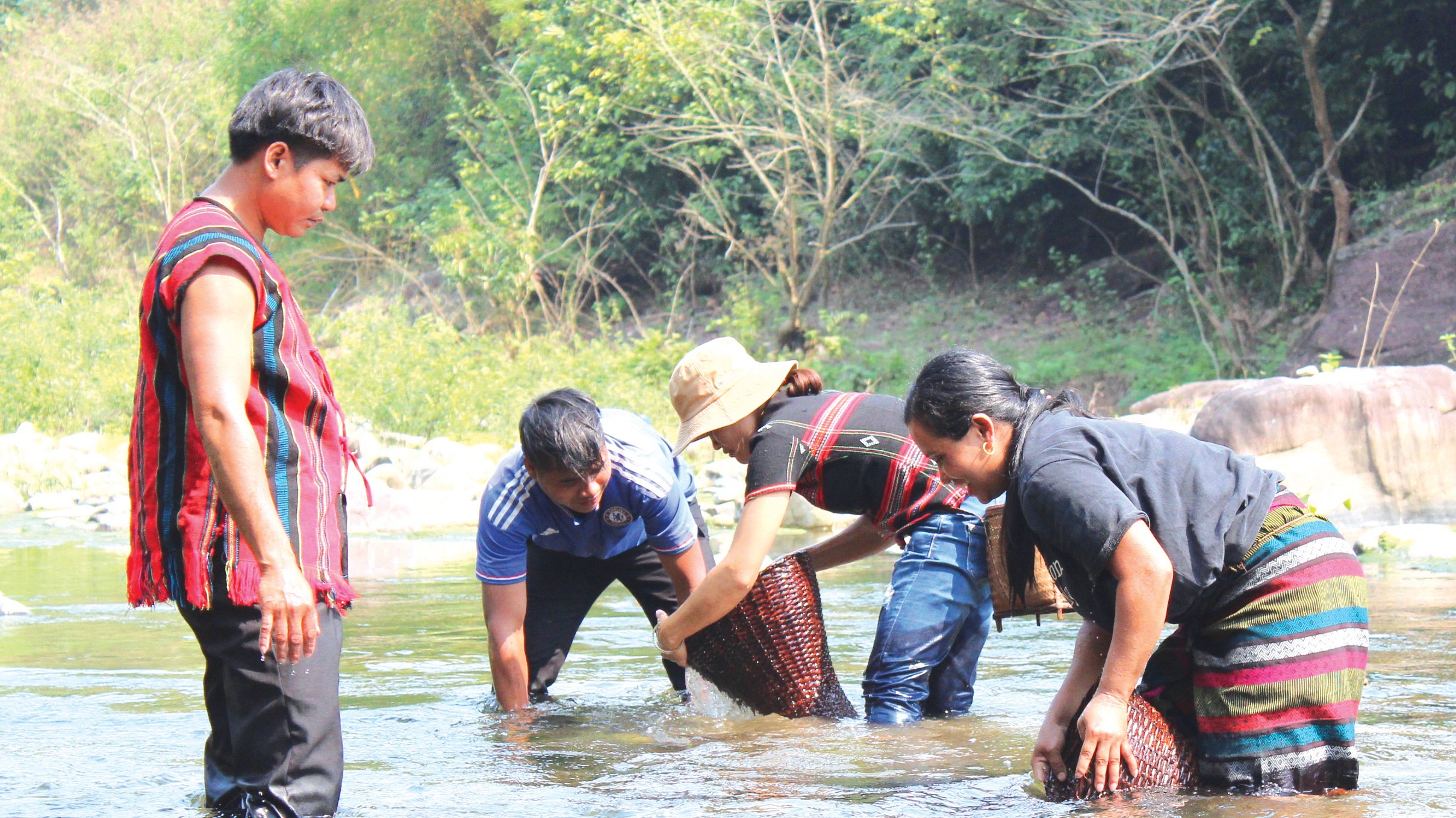
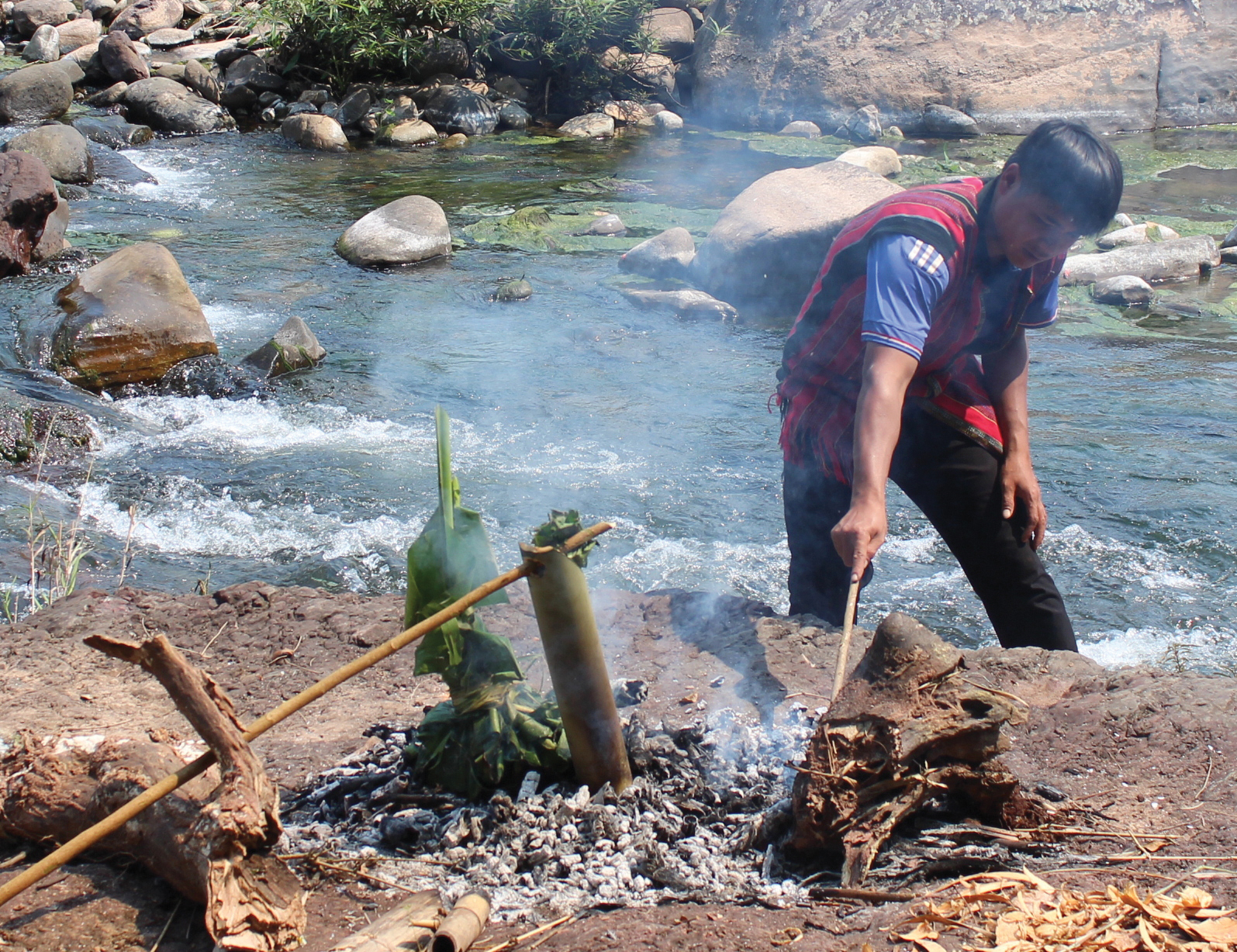
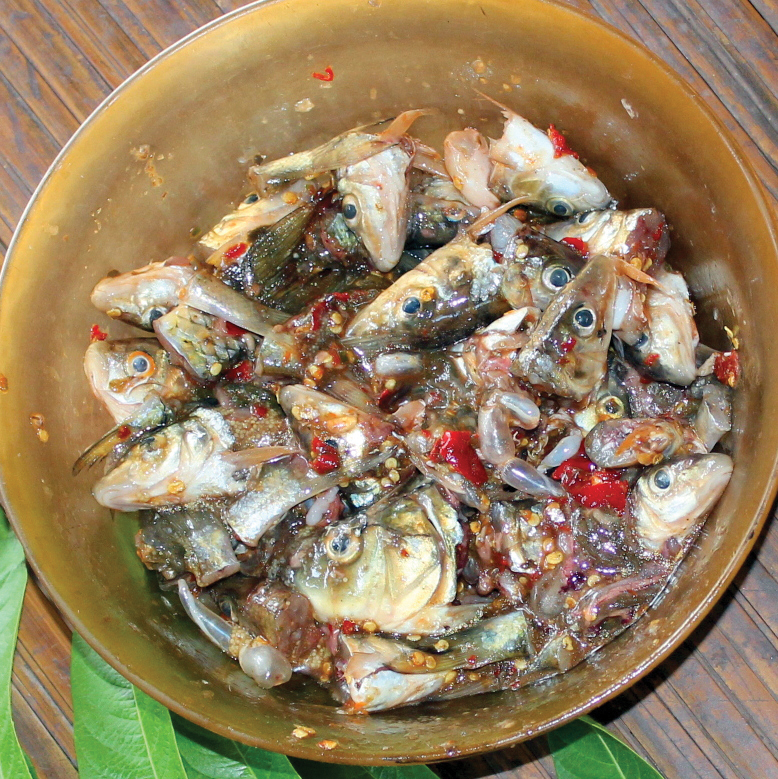
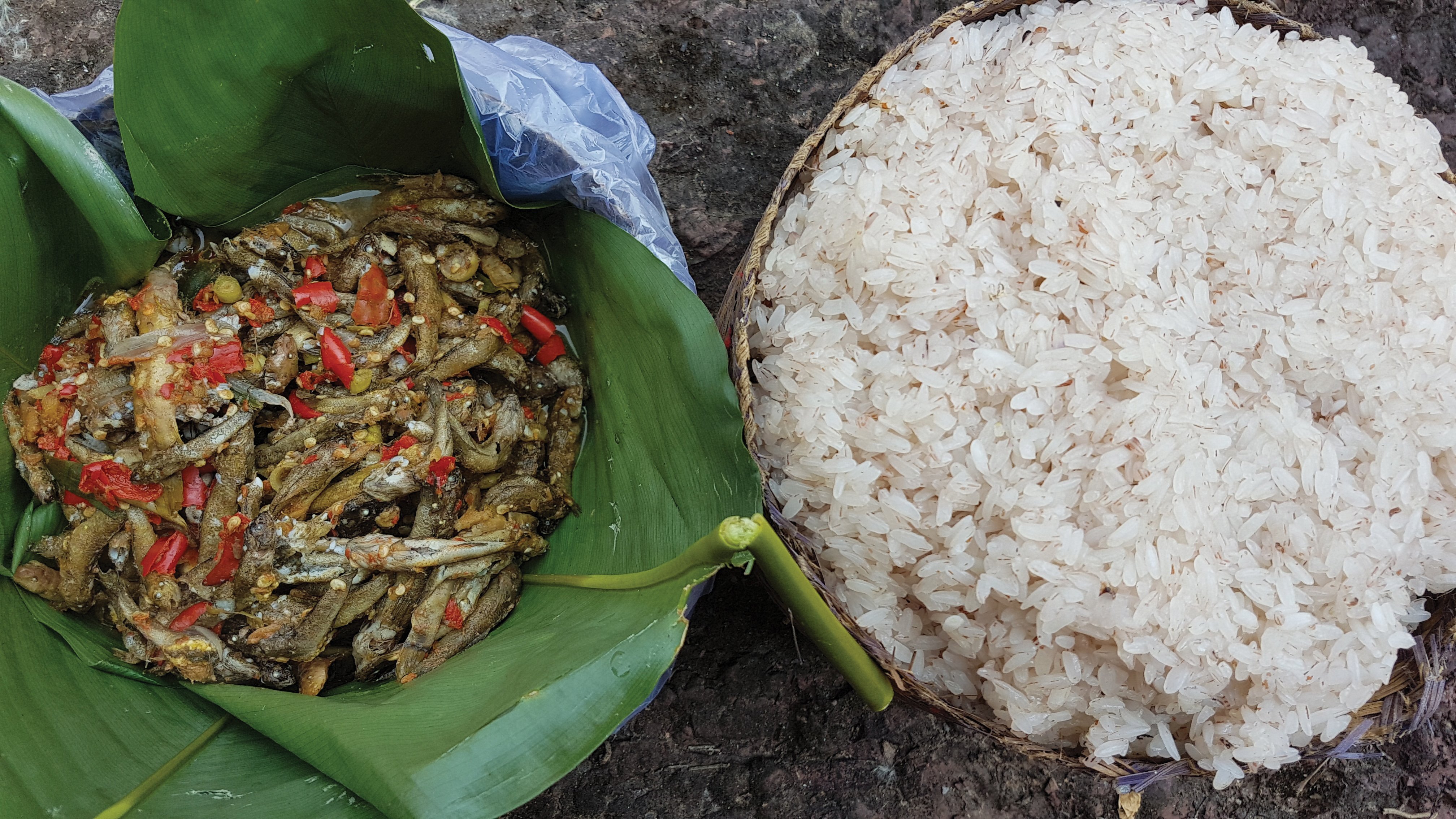

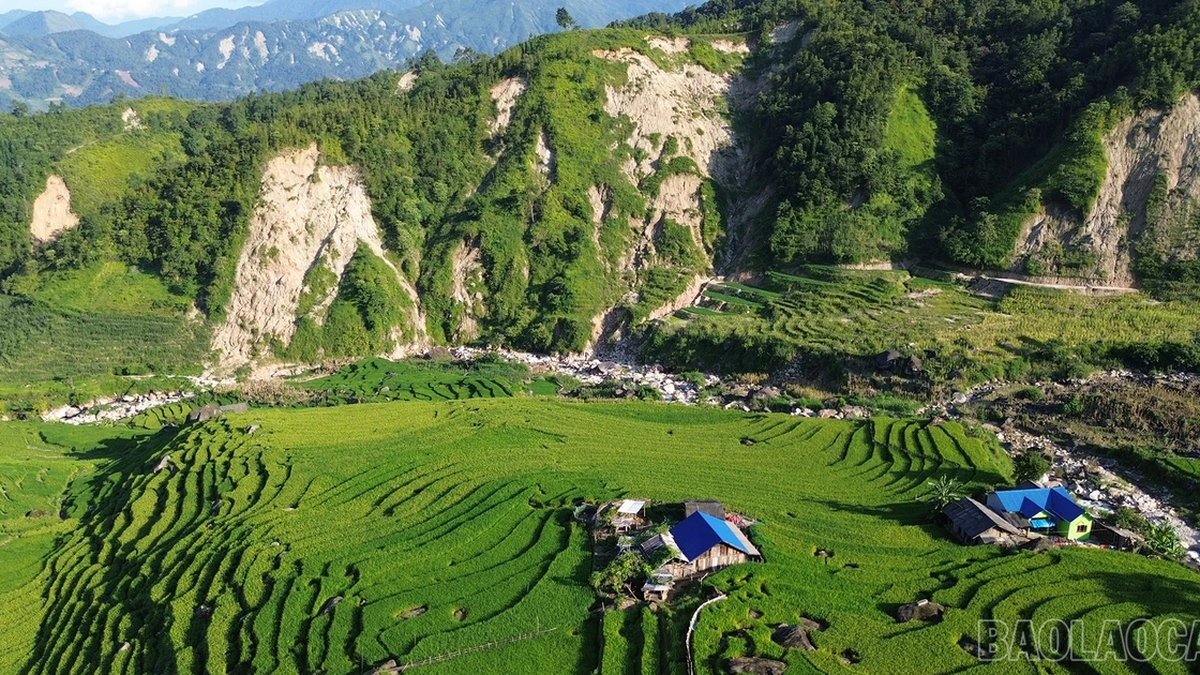





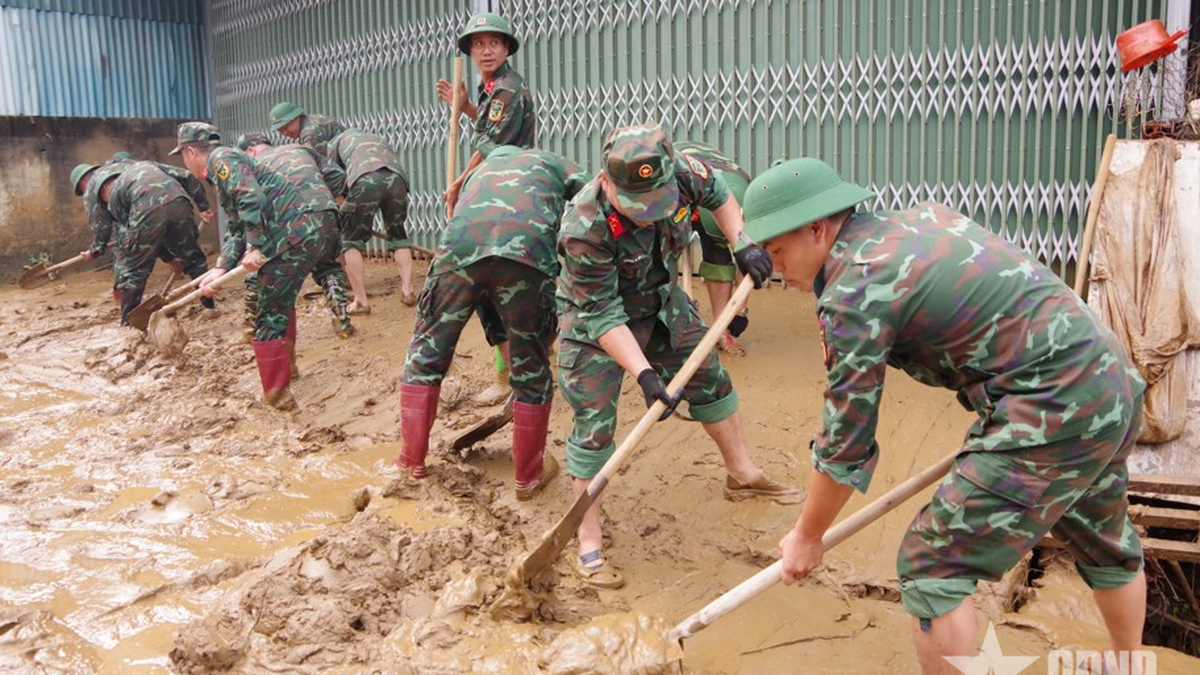

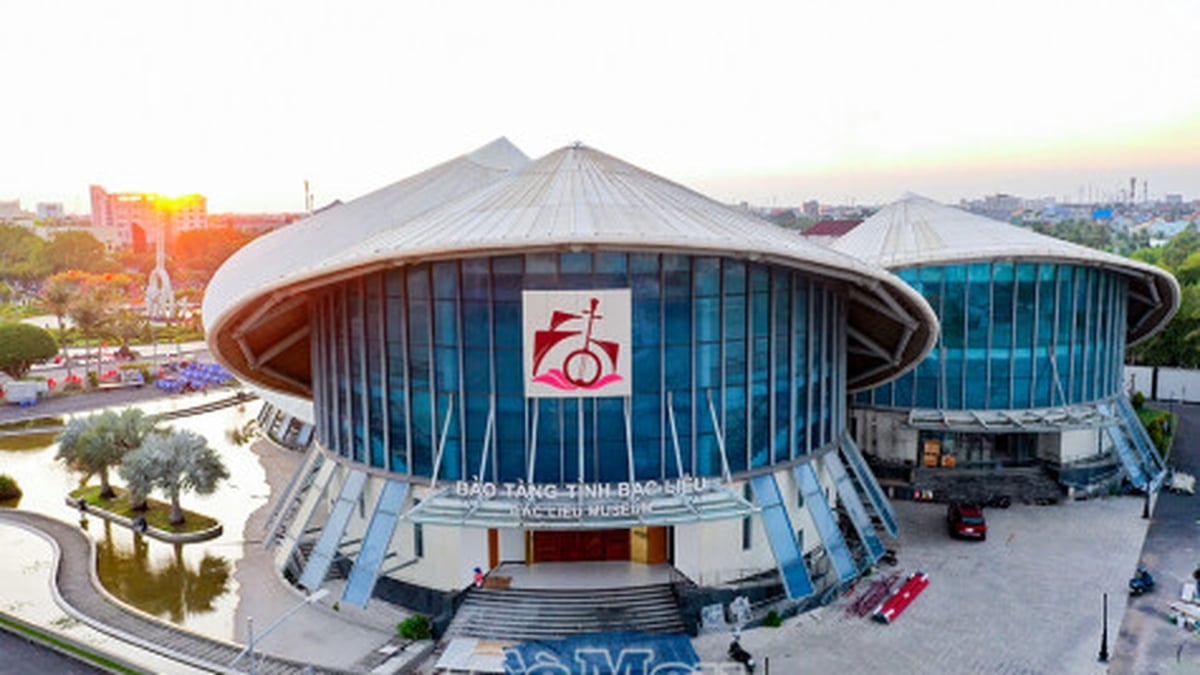






















































































Comment (0)